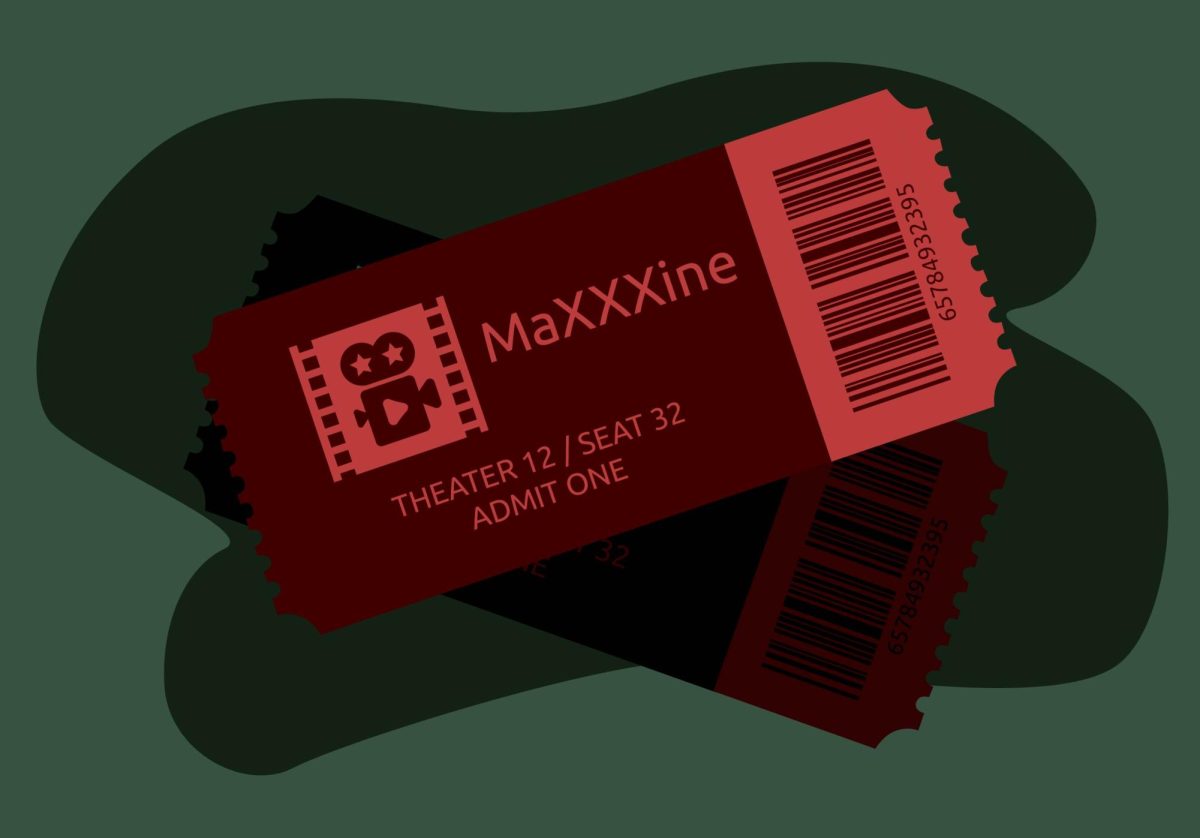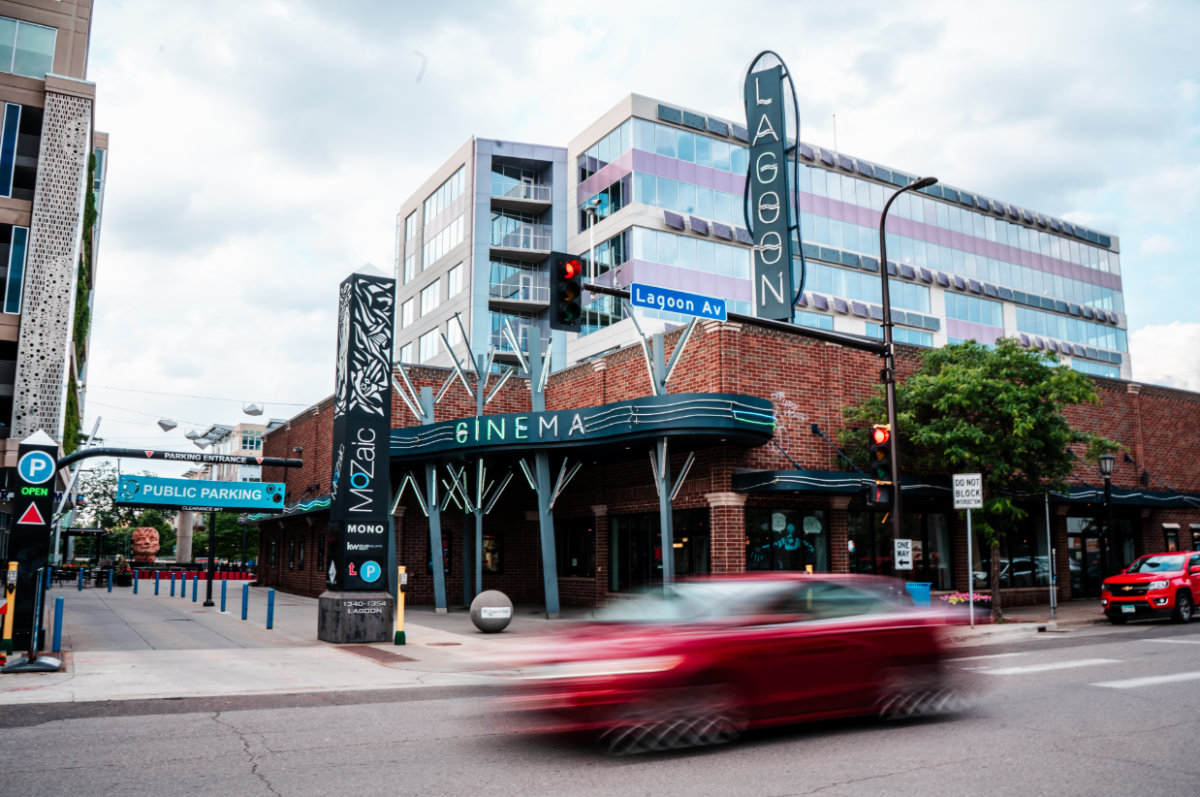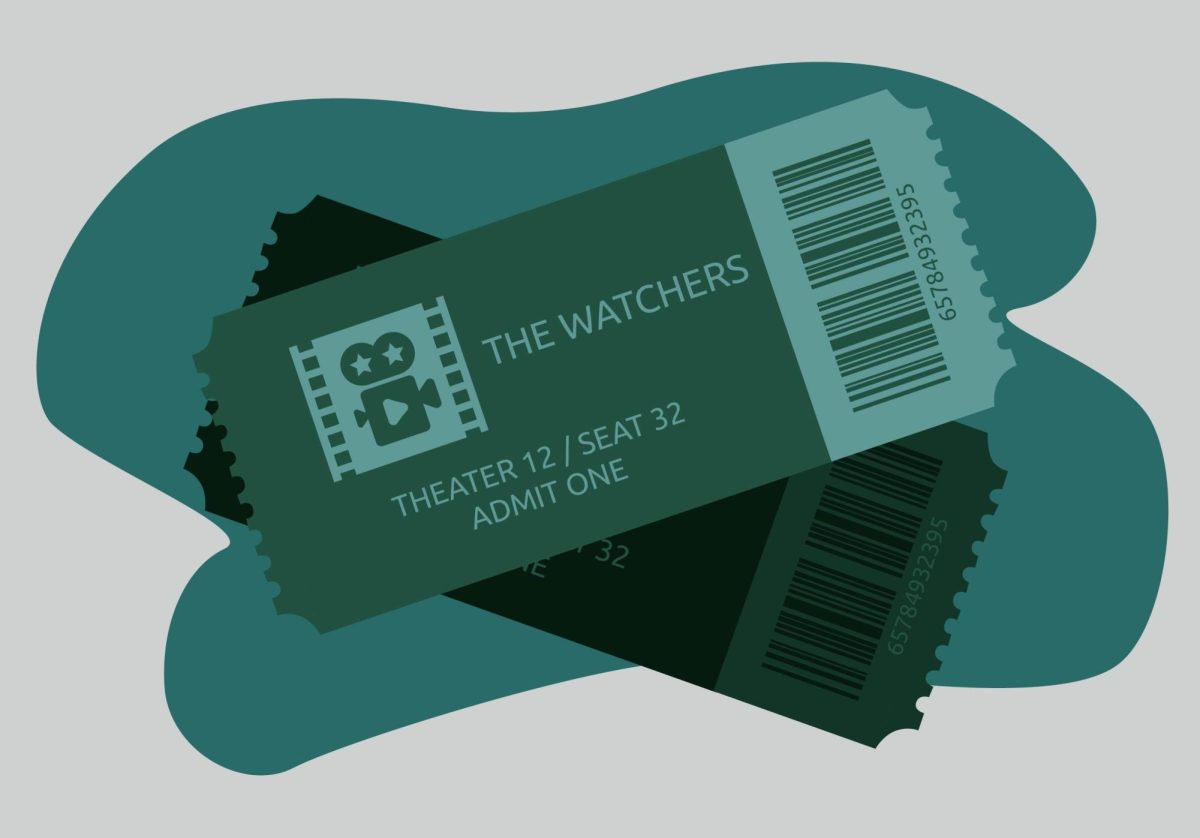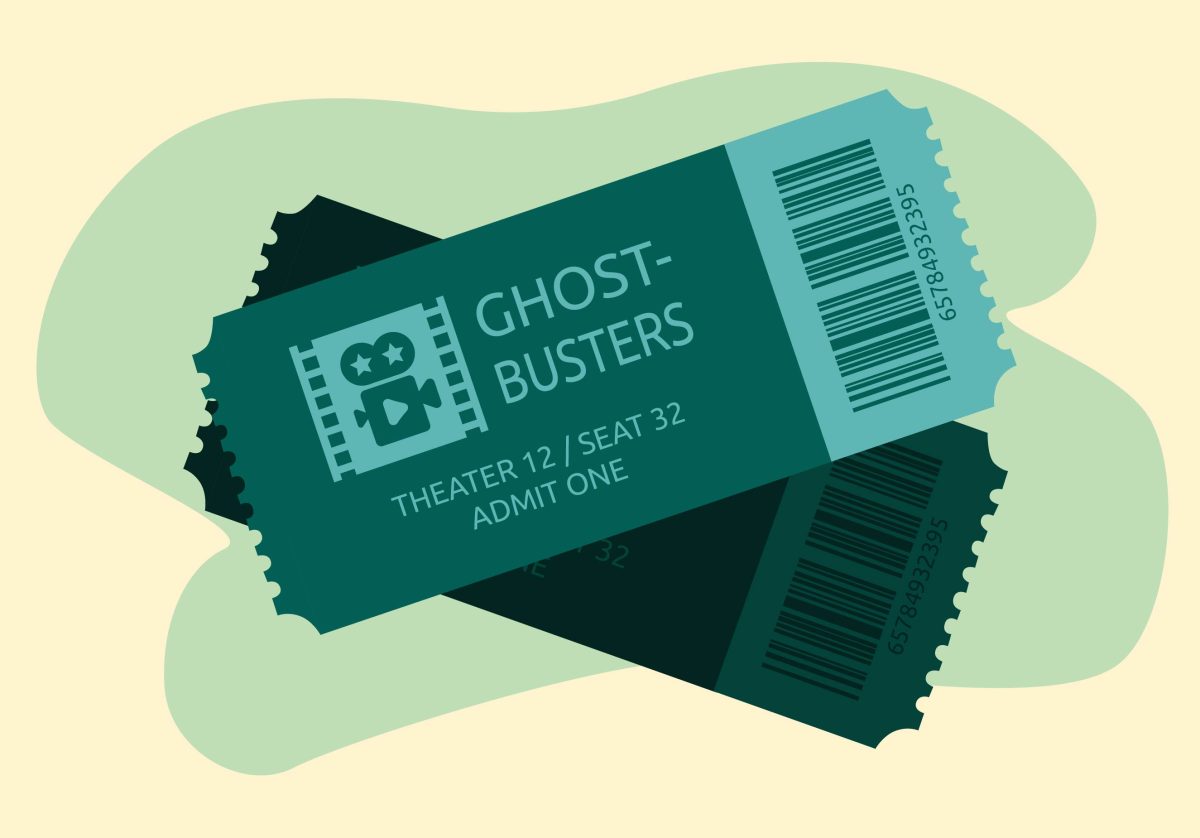If this country had a future, hopefully it would look something like this: In San Francisco, in the late 1960s, several hundred communes of radicals, queer people, hippies and mystics coexisted beautifully. They served each other free food and provided any number of services – from auto repair to childcare – for free. Every day was April Fools,’ May Day and Halloween rolled into one. Psychedelic chemicals were widely available and put to good use as enhancements to consciousness. At its height, San Francisco’s freak milieu could claim the title “counterculture” with a legitimacy that few bohemian scenes have ever matched.
From within the frilliest, most glittery and sequin-bedecked folds of this vibrant gathering of the tribes came The Cockettes. Founded by actor George Harris (who assumed the name Hibiscus upon his arrival in San Francisco), the troupe was comprised of a shifting number of men and women, some of them gay, some of them straight, some of them uncategorized in their day but who might now identify as transgendered, all of whom performed in the most outrageous drag they could imagine. Originally conceived as an opportunity to elaborate on their day-to-day life acting, The Cockettes began performing before midnight movie showings at the Palace Theater in the North Beach neighborhood. Their show placed a low emphasis on such niceties as plot, script, direction, talent and coherence. Rather, their transcendent exercise in camp and drag accentuated their joie de vivre and willingness to violate the taboos of a dull society they considered down for the count.
Bill Weber and David Weissman’s documentary “The Cockettes” evokes this joyful transgression with a verve that few documentaries can match. The film skillfully intersperses interviews with many of the surviving participants and fans, footage of Cockettes performances and Cockettes-related short films and still photographs – including the most famous: a young, pre-Cockette Hibiscus inserting a flower into the barrel of a National Guardsman’s rifle at the Pentagon.
The filmmakers were denied access to three of the most famous Cockettes by their untimely deaths (Hibiscus and disco great Sylvester due to AIDS, cult film star Divine due to heart attack/sleep apnea.) But Weber and Weissman take every opportunity to interview the survivors. The interviews are amazing in themselves, both for their candor about the facts of The Cockettes experience, and for their remarkable ability to elicit passionate responses from the viewer.
The Cockettes and their friends are now all in their late 1940s and early 1950s, yet unlike many people of that generation who are called upon to discuss the role they played the excesses of in the 1960s, the Cockettes will tolerate no repentance for, or repudiation of their actions. The Cockette who seems to have come back the most toward mainstream, a woman named Sweet Pam, a slight brunette in a surprisingly sedate floral print dress, also seems to lament those glory days the most. Every word she speaks brims with satisfaction that she participated and disappointment that nothing like the Cockettes is part of her current life.
There is no substitute for the images of the Cockettes themselves, however. Weber and Weissman fill the screen with scene after scene of stupendous costumes and pulsating performances. Hibiscus, who served as both the group’s conscience and its prima donna, figures prominently in most of the clips. Blond, bearded and devastatingly handsome, we see Hibiscus applying his copious glitter, dancing in the park, belting out show tunes and promenading down the street. There is a look in his eyes during his performances that cannot be due to LSD alone. Clearly, for Hibiscus, being a performer was like touching God. It’s hard to believe, watching this explosion of lace and chiffon and glitter and paint, that one could reduce such a spectacle to the quotidian phrase “a man in drag.” Hibiscus and his Cockettes transcended drag as much as they transcended gender. The riots of color, texture and sound that they produced were only vaguely theatrical. Cockettes shows weren’t just an event for the titillation of the cognoscenti (though they certainly were that in part). Instead, we see from the documentary that these mind-blowing manifestations actually altered the consciousnesses of the participants.
The Cockettes might not seem as radical today as they were in the early 1960s. Certainly, the bar for horrifying the straight world gets higher every day. And yet it’s questionable as to whether anyone would have the nerve to try something as deliberately risky now. Even The Cockettes, towards the end of their run, began to replicate standard theater, with a director, a script, rehearsals, paid actors and other nods toward professionalism. Although we have a veritable supermarket of depravity to shop in today, it comes at the price of less of the kind of indeterminate free space that The Cockettes inhabited. We can’t go back to that moment, but perhaps the message to draw from “The Cockettes” is that we should go ever forward, in hopes of coming around to it again from the back way.
















